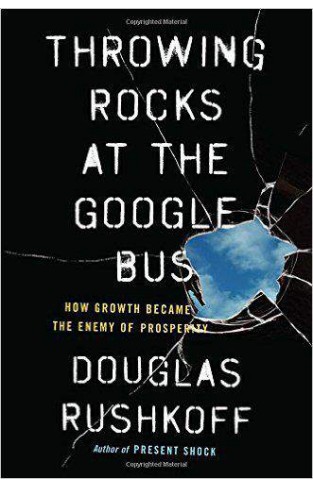Throwing Rocks at the Google Bus How Growth Became the Enemy of Prosperity
Throwing Rocks at the Google Bus How Growth Became the Enemy of Prosperity
By:
-
Rs 2,120.75
- Rs 2,495.00
- Ex Tax :Rs 2,120.75
- Price in loyalty points :2370
You saved Rs 374.25.
Due to constant currency fluctuation, prices are subject to change with or without notice.
Why doesn t the explosive growth of companies like Facebook and Uber deliver more prosperity for everyone?
What is the systemic problem that sets the rich against the poor and the technologists against everybody else?
When
protesters shattered the windows of a bus carrying Google employees to
work, their anger may have been justifiable, but it was misdirected. The
true conflict of our age isn t between the unemployed and the digital
elite, or even the 99 percent and the 1 percent. Rather, a tornado of
technological improvements has spun our economic program out of control,
and humanity as a whole the protesters and the Google employees as well
as the shareholders and the executives are all trapped by the
consequences. It s time to optimize our economy for the human beings it s
supposed to be serving.
In this groundbreaking book, acclaimed
media scholar and author Douglas Rushkoff tells us how to combine the
best of human nature with the best of modern technology. Tying together
disparate threads big data, the rise of robots and AI, the increasing
participation of algorithms in stock market trading, the gig economy,
the collapse of the eurozone Rushkoff provides a critical vocabulary for
our economic moment and a nuanced portrait of humans and commerce at a
critical crossroads.












